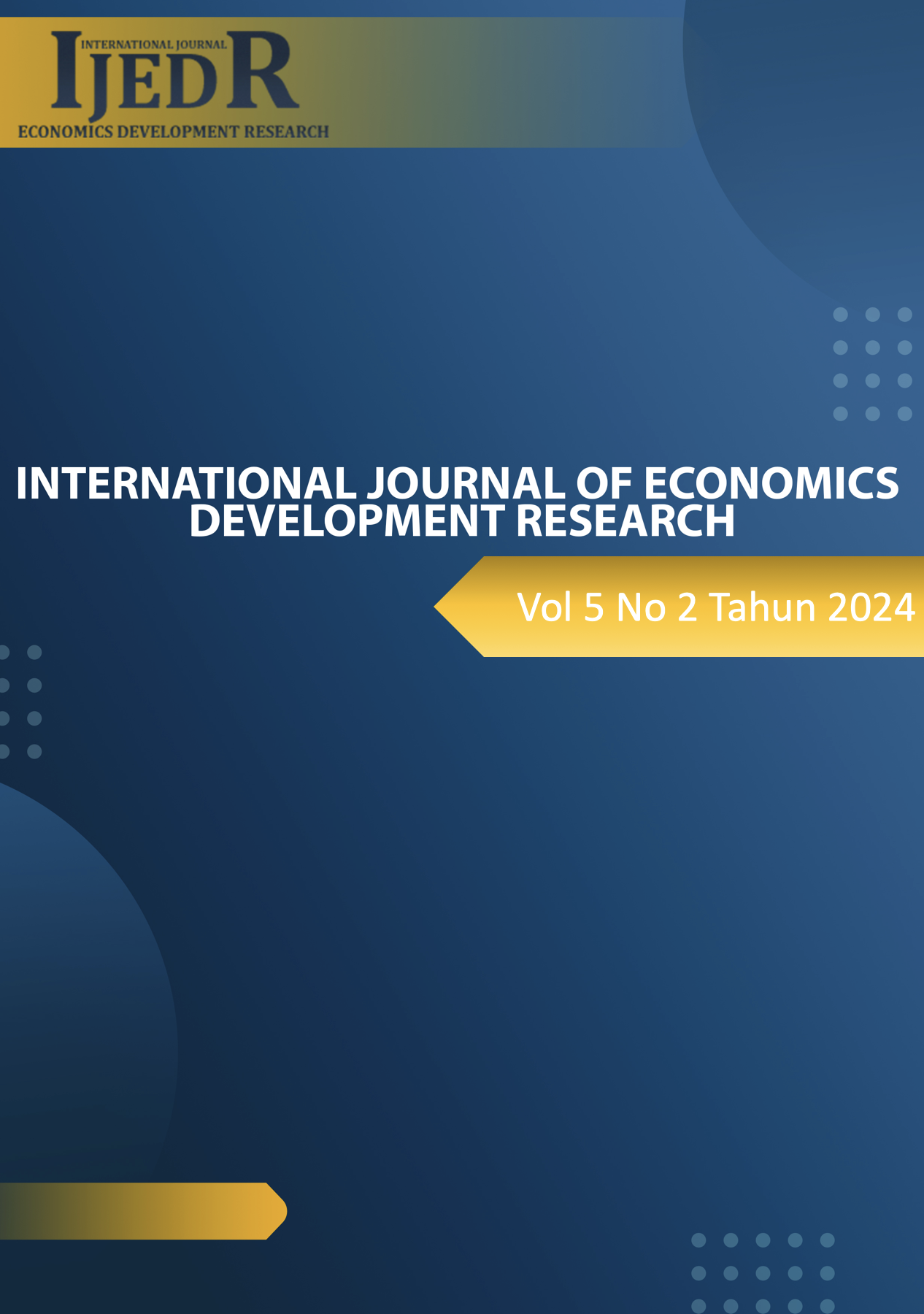Competency Development for Animal Handlers : Human Resource Perspective
DOI:
https://doi.org/10.37385/ijedr.v5i2.4893Keywords:
Competency Development, Training, Animal HandlersAbstract
This research aimed to develop the competence of animal handlers at Ditpolsatwa Korsabhara Baharkam Polri in animal care and to recommend a training design model for enhancing this competence. Using a qualitative research approach, the study found that while Ditpolsatwa is well-recognized and has improved in personnel, material, and facilities, the competence of animal handlers in providing first aid for animal health is minimal, relying heavily on veterinarians. Current knowledge of animal care among handlers is basic and passed down generationally. To improve performance, it is essential to enhance animal handlers' skills through targeted training. The study suggests using the ADDIE model to design training programs that enable handlers to provide first aid, manage animal health, and perform post-treatment and physical care independently.
References
Bonesso, S., Gerli, F., Zampieri, R., & Boyatzis, R. E. (2020). Updating the debate on behavioral competency development: State of the art and future challenges. Frontiers in psychology, 11, 521736.
Clifford, P., Melfi, N., Bogdanske, J., Johnson, E. J., Kehler, J., & Baran, S. W. (2013). Assessment of proficiency and competency in laboratory animal biomethodologies. Journal of the American Association for Laboratory Animal Science, 52(6), 711-716.
Cole, L., Boss, L., Fowler, D., & Cheatham, L. (2021). Using leadership simulation scenarios with graduate nursing learners to support frontline nurse leader competency development. Nurse Leader, 19(4), 405-410.
Gul, R., & Khan, K. (2022). Measuring employee retention and organizational development through competency development. KASBIT Business Journal, 15(3), 88-100.
Jatisunda, M. G., Nahdi, D. S., Cahyaningsih, U., & Rohimatunnisa, D. (2022). Pre-service Mathematics Teachers' Professional Competency Development Through Analysis of Learning Obstacles. EduMa: Mathematics education learning and teaching???, 11(2), 180-190.
Liguori, G., Costagliola, A., Lombardi, R., Paciello, O., & Giordano, A. (2023). Human-Animal Interaction in Animal-Assisted Interventions (AAI) s: Zoonosis Risks, Benefits, and Future Directions—A One Health Approach. Animals, 13(10), 1592.
Prasetia, I., Akrim, S. N. P., & Pratiwi, S. N. (2020). Lecturer Competency Development Model in Designing a Line Learning Resources in University of Muhammadiyah Sumatera Utara. Budapest International Research and Critics Institute-Journal (BIRCI-Journal), 3(4), 2994-3004.
Roma, R. P., Tardif-Williams, C. Y., Moore, S. A., & Bosacki, S. L. (2021). A transdisciplinary perspective on dog-handler-client interactions in animal assisted activities for children, youth and young adults. Human-Animal Interaction Bulletin, (2021).
Sandt, D. D. (2020). Effective implementation of animal assisted education interventions in the inclusive early childhood education classroom. Early childhood education journal, 48(1), 103-115.
Wong, S. C. (2020). Competency definitions, development and assessment: A brief review. International Journal of Academic Research in Progressive Education and Development, 9(3), 95-114.





